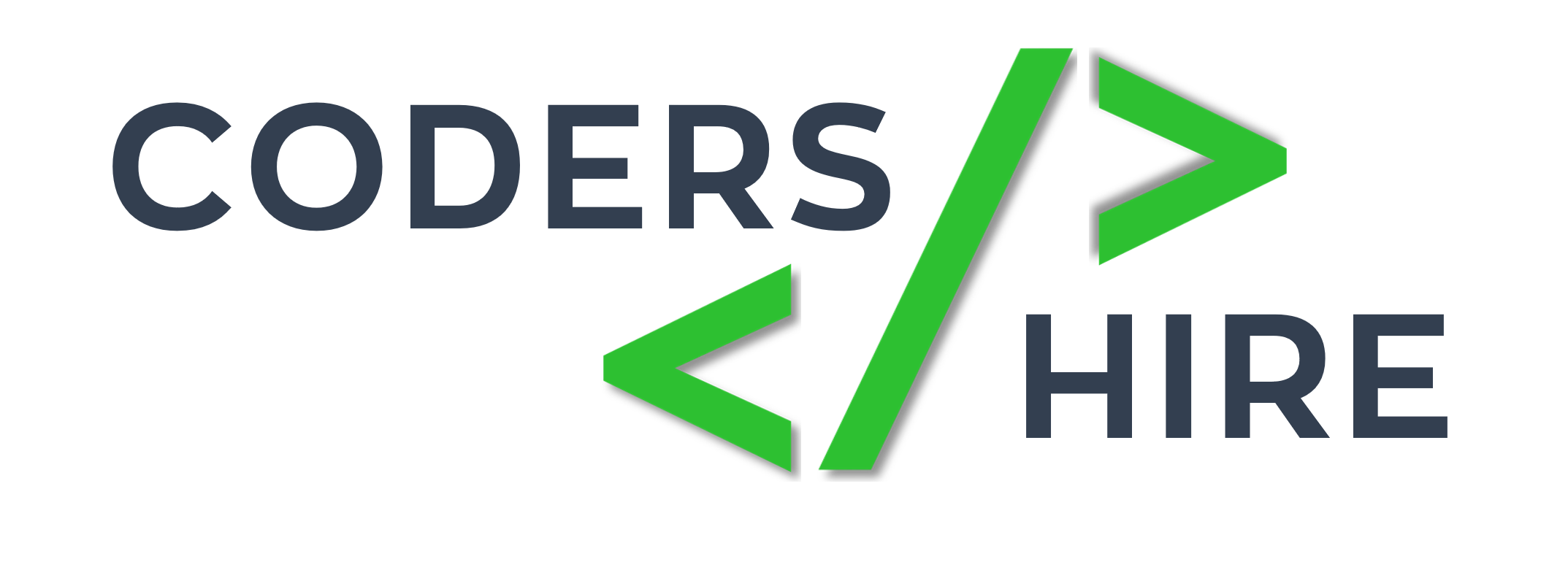Swift Programming Language
With more than 1 billion devices in use as of January, 2016, iOS is the world’s second most popular mobile platform. In some regions, including the USA, the UK, and France, Apple devices continue to outperform Android in smartphone sales numbers. That is why so many businesses focus their software products primarily and sometimes solely on the iOS platform as a key investment opportunity and strategic benefit.


Open Source
Swift 4 was developed in the open at Swift.org, with source code, a bug tracker, mailing lists, and regular development builds available for everyone. This broad community of developers, both inside Apple as well as hundreds of outside contributors, work together to make Swift even more amazing. Swift already supports all Apple platforms as well as Linux, with community members actively working to port to even more platforms. We’re excited to see more ways in which Swift makes software safer and faster, while also making programming more fun.
About Swift
Swift is a fantastic way to write software, whether it’s for phones, desktops, servers, or anything else that runs code. It’s a safe, fast, and interactive programming language that combines the best in modern language thinking with wisdom from the wider Apple engineering culture and the diverse contributions from its open-source community. The compiler is optimized for performance and the language is optimized for development, without compromising on either. Swift is friendly to new programmers. It’s an industrial-quality programming language that’s as expressive and enjoyable as a scripting language. Writing Swift code in a playground lets you experiment with code and see the results immediately, without the overhead of building and running an app. Swift defines away large classes of common programming errors by adopting modern programming patterns:
Swift code is compiled and optimized to get the most out of modern hardware. The syntax and standard library have been designed based on the guiding principle that the obvious way to write your code should also perform the best. Its combination of safety and speed make Swift an excellent choice for everything from “Hello, world!” to an entire operating system. Swift combines powerful type inference and pattern matching with a modern, lightweight syntax, allowing complex ideas to be expressed in a clear and concise manner. As a result, code is not just easier to write, but easier to read and maintain as well. Swift has been years in the making, and it continues to evolve with new features and capabilities. Our goals for Swift are ambitious. We can’t wait to see what you create with it.
New Features in Swift 4
Faster, easier to use Strings that retain Unicode correctness and add support for creating, using and managing substrings Smart key paths for type-safe, efficient, extensible key value coding for Swift types Enhancements to creating and manipulating Dictionary and Set types Extends support of archival and serialization to struct and enum types and enables type-safety for serializing to external formats such as JSON and plist Enforced exclusive access to memory


Modern
Swift is the result of the latest research on programming languages, combined with decades of experience building Apple platforms. Named parameters brought forward from Objective-C are expressed in a clean syntax that makes APIs in Swift even easier to read and maintain. Inferred types make code cleaner and less prone to mistakes, while modules eliminate headers and provide namespaces. Memory is managed automatically, and you don’t even need to type semi-colons. These forward-thinking concepts result in a language that is easy and fun to use.
